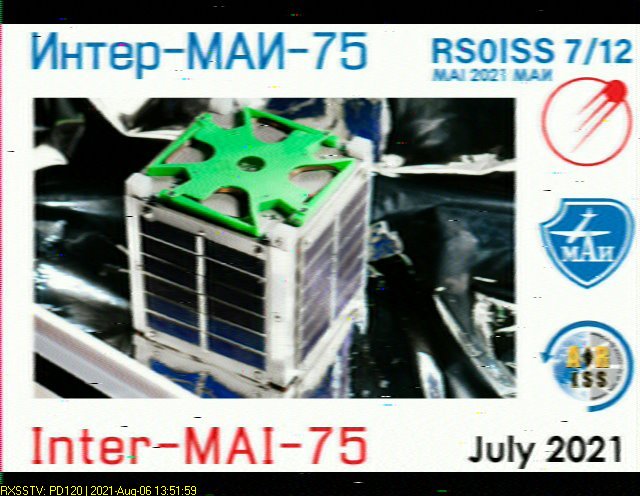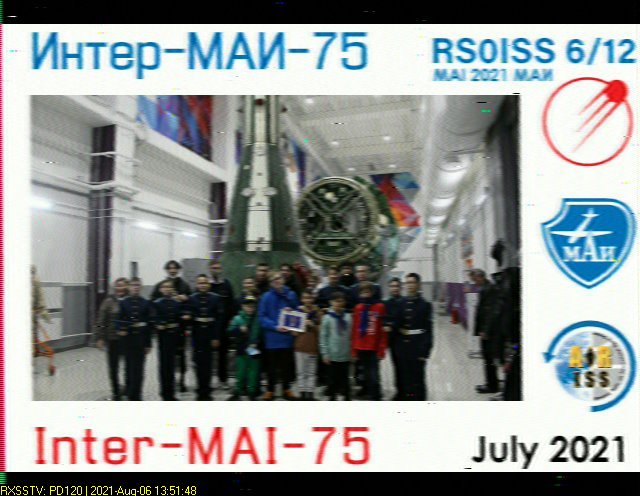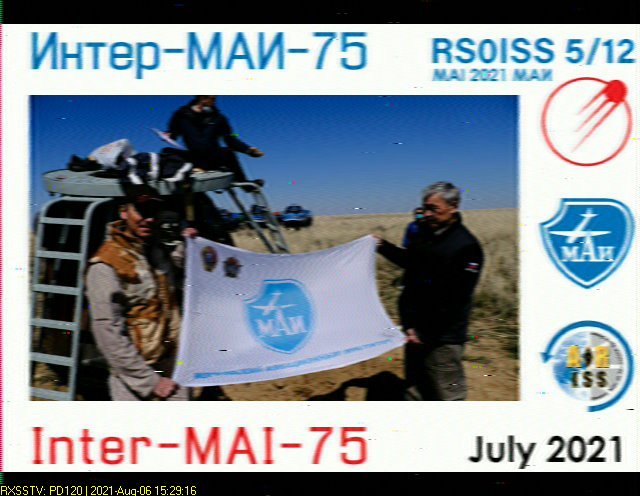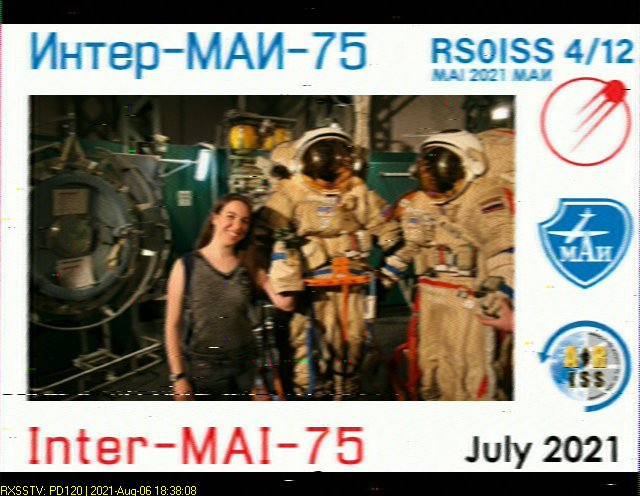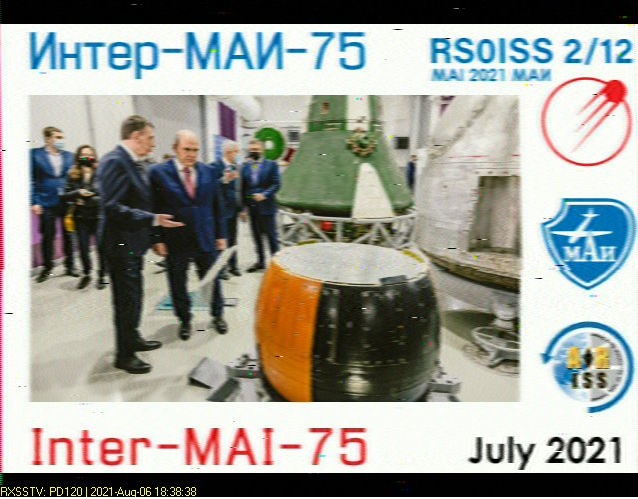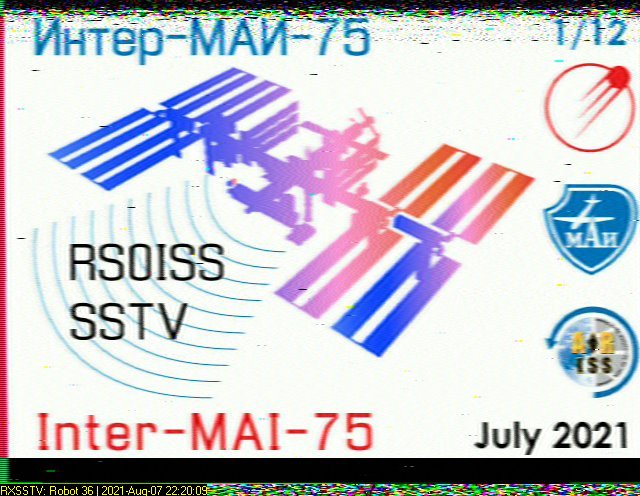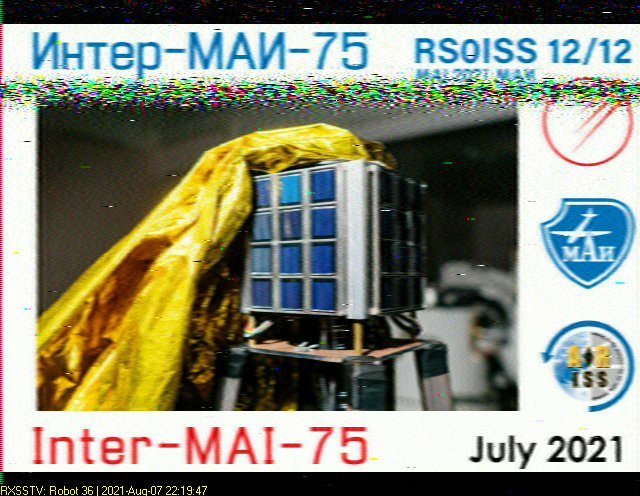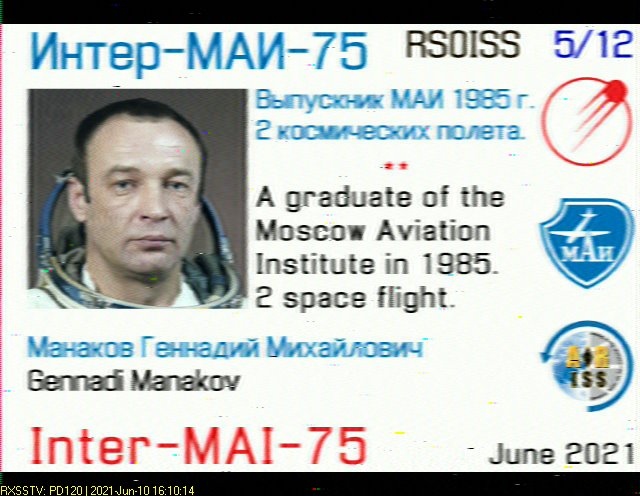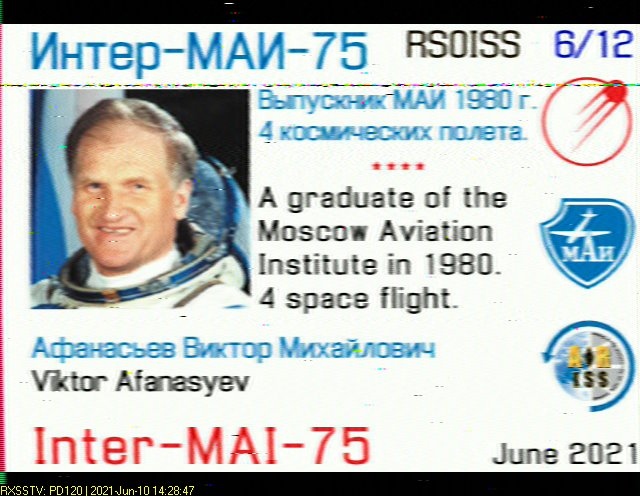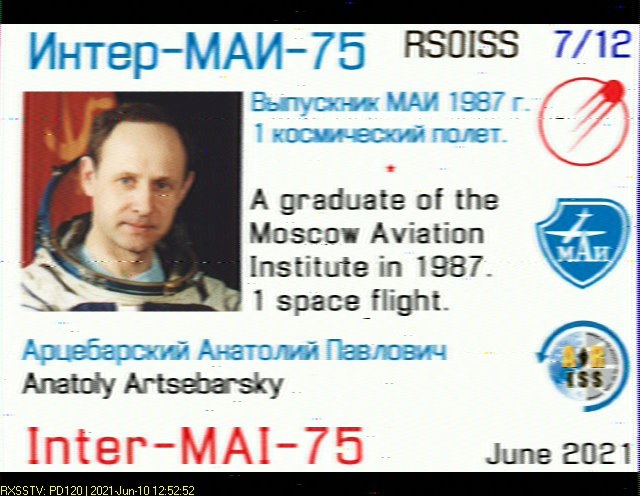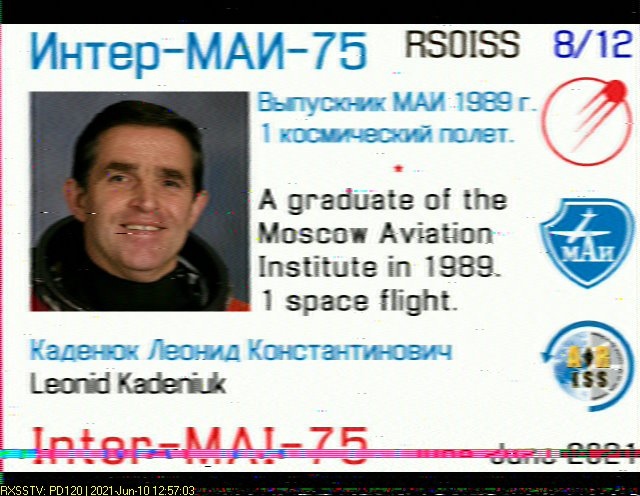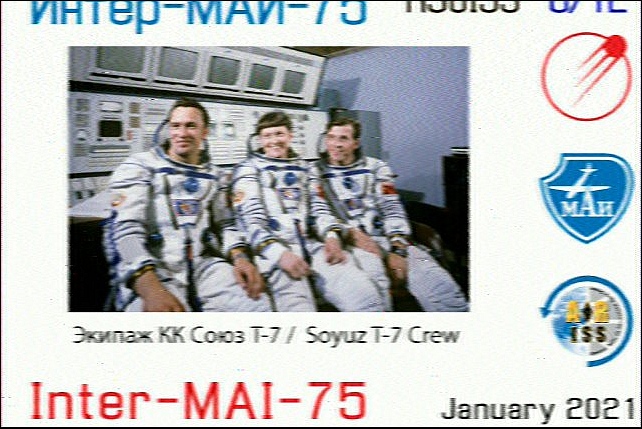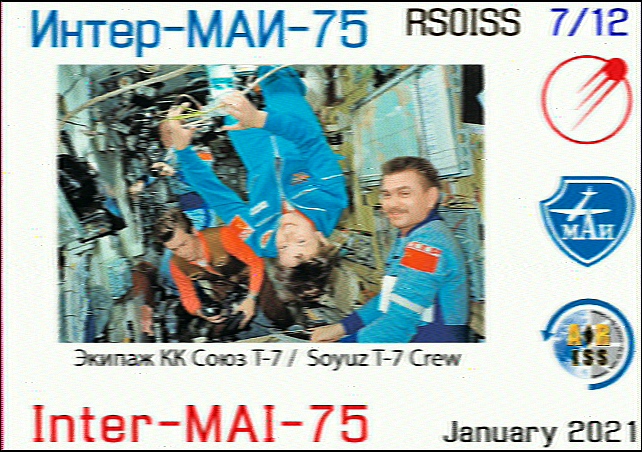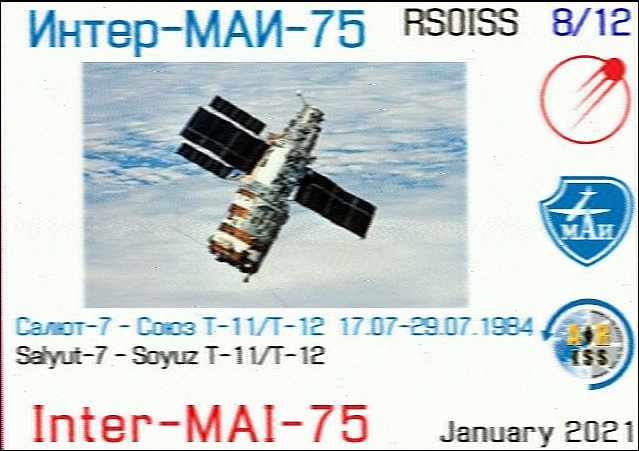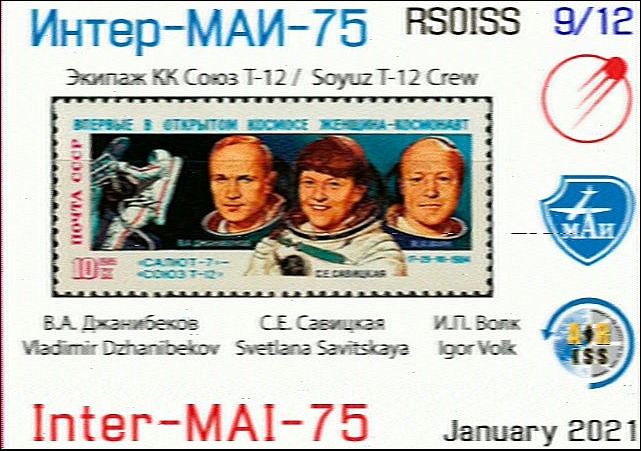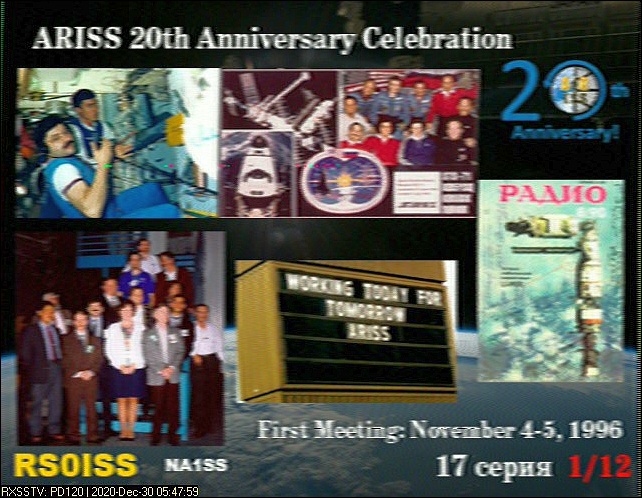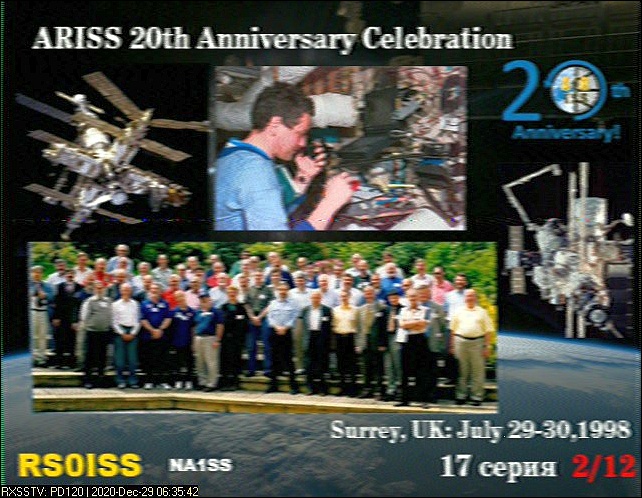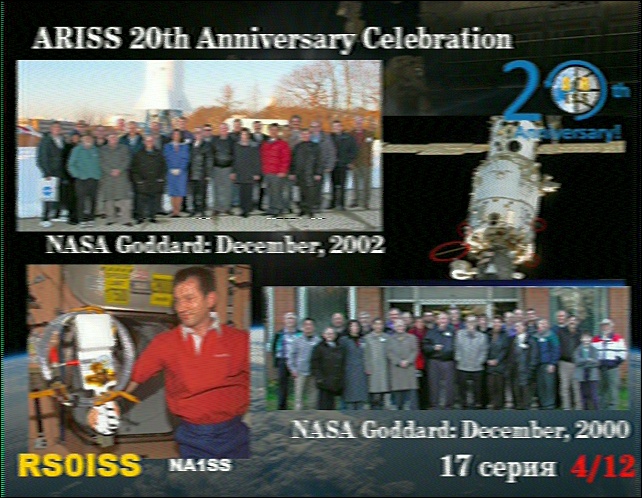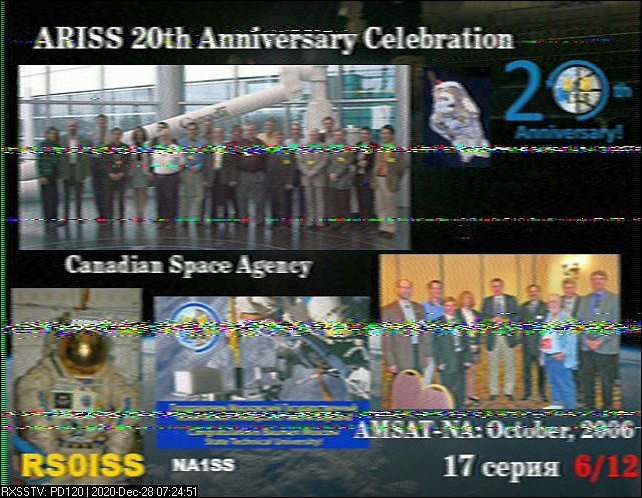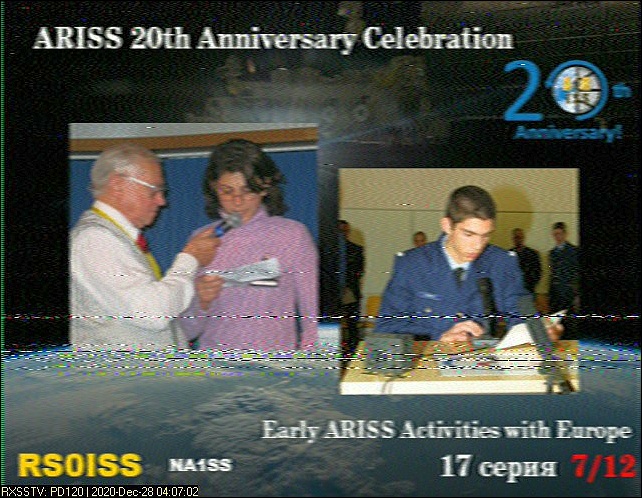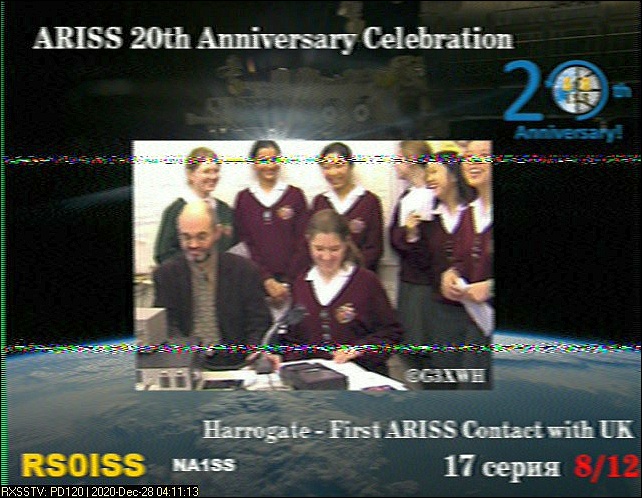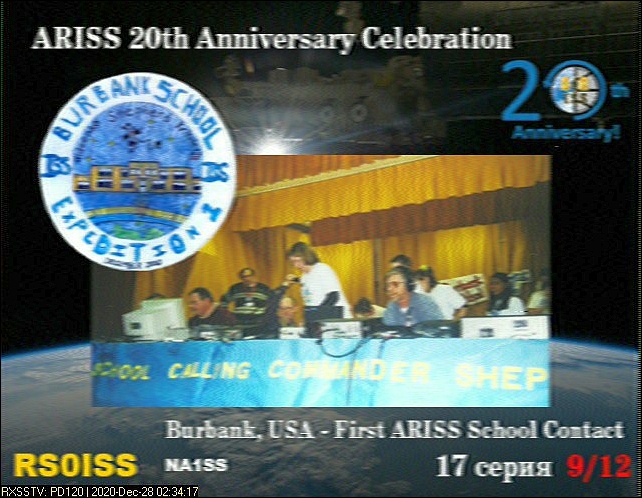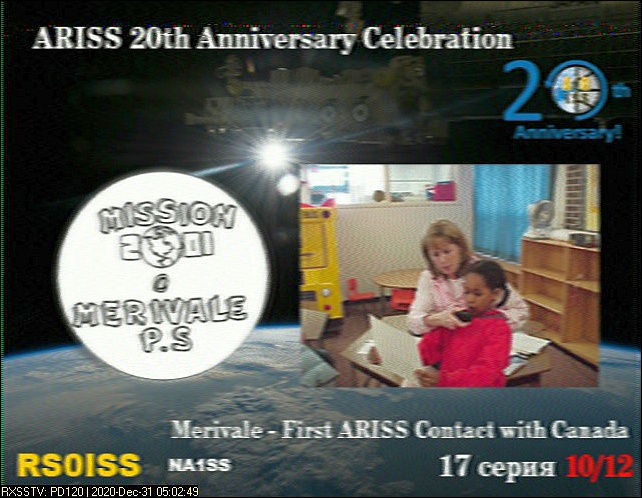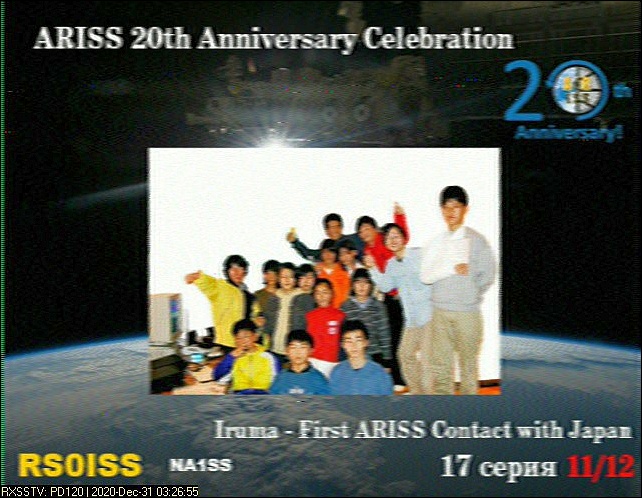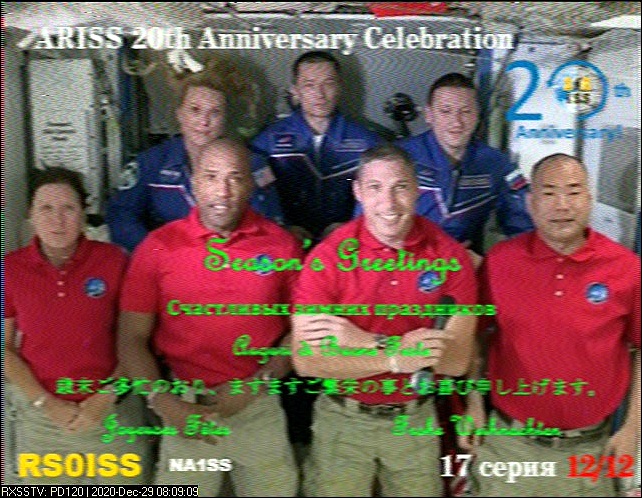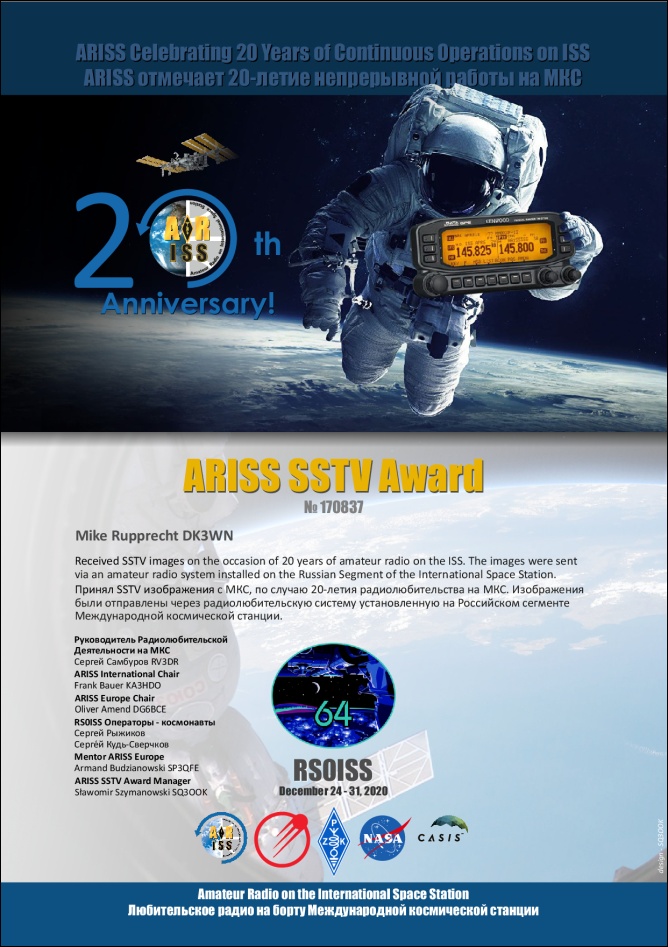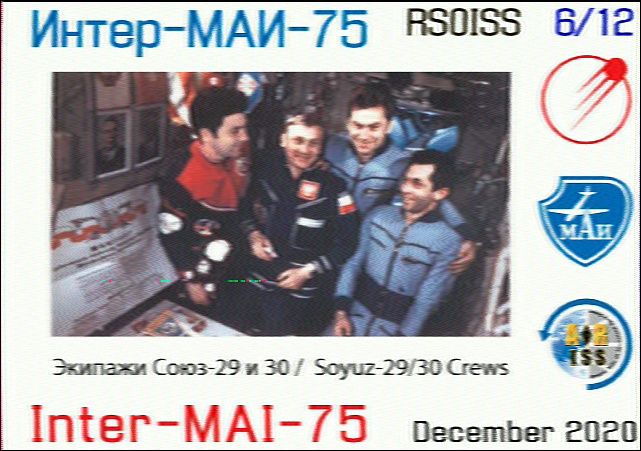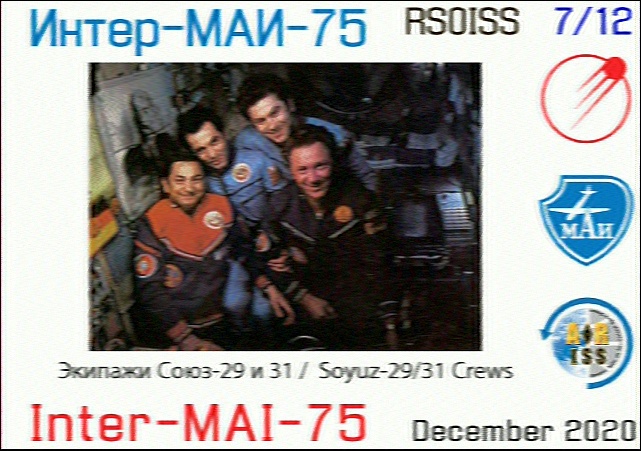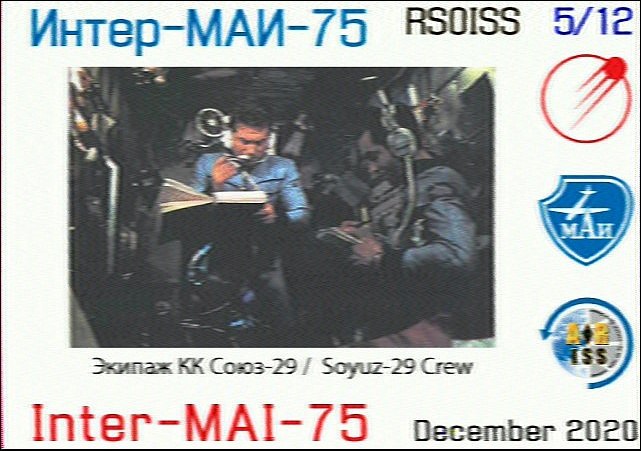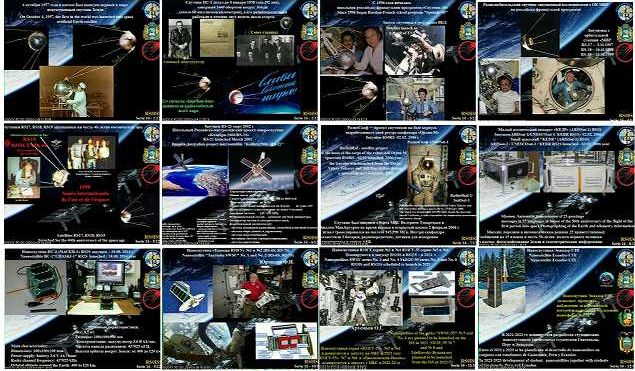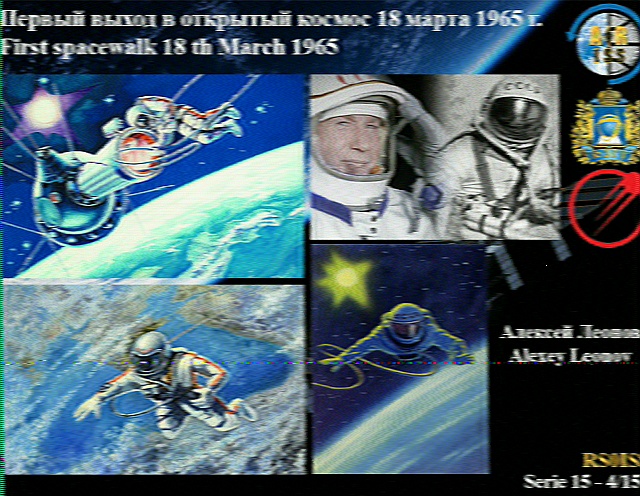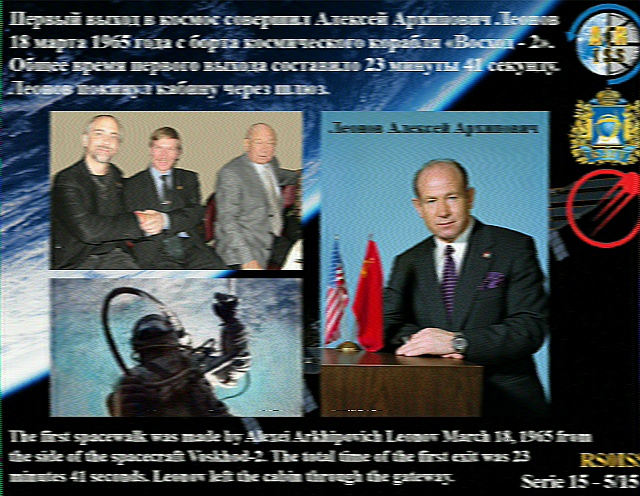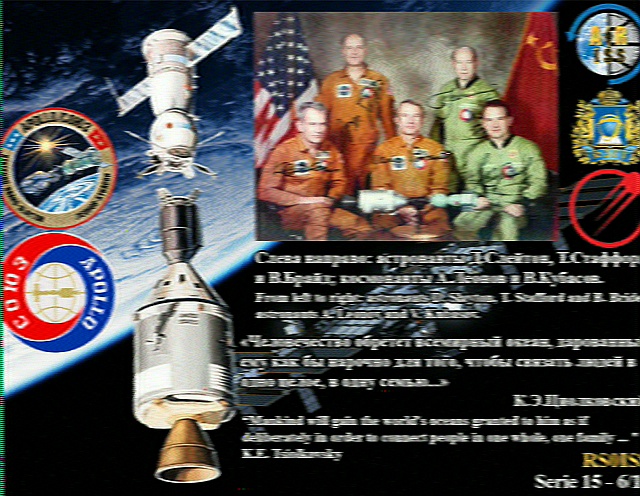The ARISS team is pleased to announce that set up and installation of the first element of our next generation radio system was completed and amateur radio operations with it are now underway. This first element, dubbed the InterOperable Radio System (IORS), was installed in the International Space Station Columbus module. The IORS replaces the Ericsson radio system and packet module that were originally certified for spaceflight on July 26, 2000.
Initial operation of the new radio system is in FM cross band repeater mode using an uplink frequency of 145.99 MHz with an access tone of 67 Hz and a downlink frequency of 437.800 MHz. System activation was first observed at 01:02 UTC on September 2. Special operations will continue to be announced.
The IORS was launched from Kennedy Space Center on March 6, 2020 on board the SpaceX CRS-20 resupply mission. It consists of a special, space-modified JVC Kenwood D710GA transceiver, an ARISS developed multi-voltage power supply and interconnecting cables. The design, development, fabrication, testing, and launch of the first IORS was an incredible five-year engineering achievement accomplished by the ARISS hardware volunteer team. It will enable new, exciting capabilities for ham radio operators, students, and the general public. Capabilities include a higher power radio, voice repeater, digital packet radio (APRS) capabilities and a Kenwood VC-H1 slow scan television (SSTV) system.
A second IORS undergoes flight certification and will be launched later for installation in the Russian Service module. This second system enables dual, simultaneous operations, (e.g. voice repeater and APRS packet), providing diverse opportunities for radio amateurs. It also provides on-orbit redundancy to ensure continuous operations in the event of an IORS component failure.
Next-gen development efforts continue. For the IORS, parts are being procured and a total of ten systems are being fabricated to support flight, additional flight spares, ground testing and astronaut training. Follow-on next generation radio system elements include an L-band repeater uplink capability, currently in development, and a flight Raspberry-Pi, dubbed “ARISS-Pi,†that is just beginning the design phase. The ARISS-Pi promises operations autonomy and enhanced SSTV operations.
ARISS is run almost entirely by volunteers, and with the help of generous contributions from ARISS sponsors and individuals. Donations to the ARISS program for next generation hardware developments, operations, education, and administration are welcome — please go to https://www.ariss.org/donate.html to contribute to these efforts.
ARISS–Celebrating 20 years of continuous amateur radio operations on the ISS!
Amateur Radio on the International Space Station (ARISS) is a cooperative venture of international amateur radio societies and the space agencies that support the International Space Station (ISS). In the United States, sponsors are the Radio Amateur Satellite Corporation (AMSAT), the American Radio Relay League (ARRL), the ISS National Lab-Space Station Explorers, and NASA’s Space Communications and Navigation program. The primary goal of ARISS is to promote exploration of science, technology, engineering, the arts, and mathematics topics by organizing scheduled contacts via amateur radio between crew members aboard the ISS and students. Before and during these radio contacts, students, educators, parents, and communities learn about space, space technologies, and amateur radio. For more information, see www.ariss.org.
Media Contact:
Dave Jordan, AA4KN
ARISS PR
